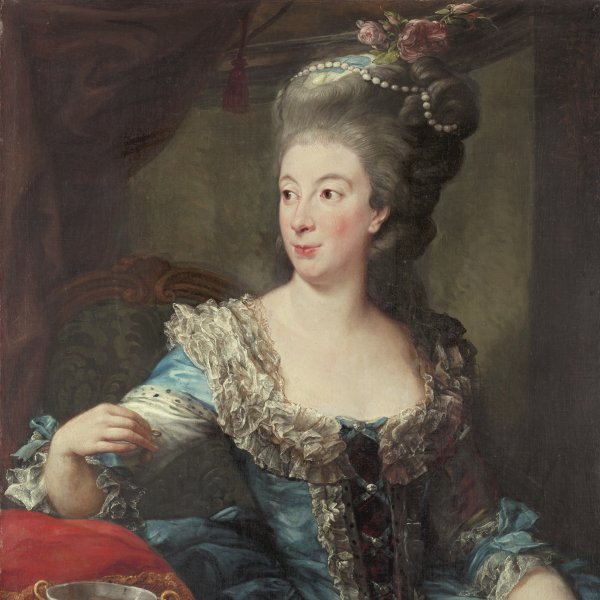Pompeo Batoni
Lucca, 1708-Rome, 1787
Son of a distinguished goldsmith from Lucca, Pompeo Girolamo Batoni began his apprenticeship in that trade. In 1727 he left the family workshop and moved to Rome to study painting. During his early years in the capital he furthered his studies by copying antique sculptures in the Vatican, as well as frescoes by Raphael and the Carracci. Batoni’s ability to draw and copy ruins and classical sculpture came to the attention of British antiquarians and collectors in the city and he began to receive commissions from them. From the outset of his career Batoni opted for the classicising manner of painting, admiring and studying the work of Raphael and other 17th-century painters such as Guido Reni and Domenichino. He evolved a distinctive and unusual style in comparison to that of his contemporaries and one that anticipates Neo-classicism.
By around the mid-century Batoni had become one of the most highly sought-after painters in Rome, receiving numerous commissions for religious and mythological compositions. The most important of these was the decoration of one of the altars in Saint Peter’s in 1746, for which the artist produced a monumental painting of The Fall of Simon Magus, now in the church of Santa Maria degli Angeli, the execution of which required ten years of work. Batoni was also a celebrated portraitist and was particularly appreciated and admired by the British aristocracy. His most typical portraits includes elements of classical art or a view of Rome in order to record the presence of the sitter in that city and emphasise their status as a cultured art lover.
By around the mid-century Batoni had become one of the most highly sought-after painters in Rome, receiving numerous commissions for religious and mythological compositions. The most important of these was the decoration of one of the altars in Saint Peter’s in 1746, for which the artist produced a monumental painting of The Fall of Simon Magus, now in the church of Santa Maria degli Angeli, the execution of which required ten years of work. Batoni was also a celebrated portraitist and was particularly appreciated and admired by the British aristocracy. His most typical portraits includes elements of classical art or a view of Rome in order to record the presence of the sitter in that city and emphasise their status as a cultured art lover.





